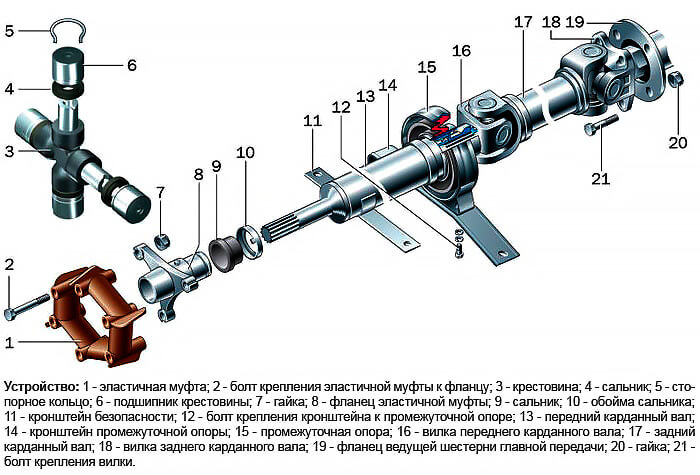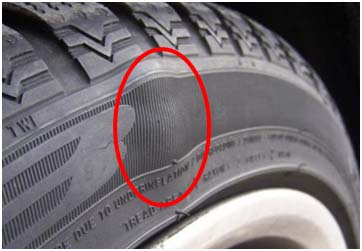
Symptoms of a Faulty or Failed Axle Driveshaft Assembly
Content
Common symptoms include loud clicking noises when cornering, grease on the inside edge of the tires, and excessive vibration when driving.
Constant speed (CV) axles are a transmission component commonly used in many modern road vehicles. They serve to transfer power from the vehicle's transmission and differential to the wheels to propel the vehicle forward. They feature a lubricated flex joint that allows the axle to flex with road conditions with minimal impact on power transfer.
The hinge is lubricated with grease and covered with a rubber boot to protect it from dirt and debris. Because CV axles are the direct link that transfers engine power to the wheels, they are subjected to high levels of stress over time and eventually wear out and need to be replaced to restore proper functionality. When they wear out, CV axles will usually show symptoms to let the driver know they need attention.
1. Loud clicks when turning or accelerating.
One of the most common and noticeable signs of a failing or faulty CV axle shaft assembly is an audible click when cornering or accelerating. When the CV axles wear excessively, the constant velocity joints loosen and click when turning or accelerating. The clicks may become louder or more distinct during hard and fast turns and will be heard on the side of the failed CV joint. In addition to claps, you may also find it difficult to control your car when cornering and cornering.
2. Lubricate the edge of the tire
Another sign of a problem with CV axles is grease on the inside edge of the tire or on the bottom of the car. A torn or cracked CV boot will ooze grease that ends up spreading out as the axle rotates. A leaky boot will eventually cause the CV joint to fail, as dirt and debris will get into the boot and damage the joint. When enough lubricant is leaking out, you may notice a growling sound from lack of lubricant, as well as a steady knock when driving at low speeds.
3. Excessive vibration while driving
Excessive vibration while driving is another sign of a bad CV axle. If the CV joint or axle shaft is damaged in any way that affects their rotational balance, this will cause the shaft to vibrate excessively while the vehicle is moving. Vibrations may fluctuate or become more pronounced as vehicle speed increases. Excessive vibration from faulty driveshafts can affect handling and ride quality, as well as overall vehicle safety and comfort. Usually the CV axle needs to be replaced if it is damaged enough to cause vibrations.
CV axles serve as the last link between the engine and the wheels. They perform an important function of transmitting torque from the transmission to the wheels of the car for its movement. If you suspect one or more of your CV's axle shafts may be having problems, have your vehicle inspected by a technician. They will be able to replace your CV axle and perform any other repairs as needed.
